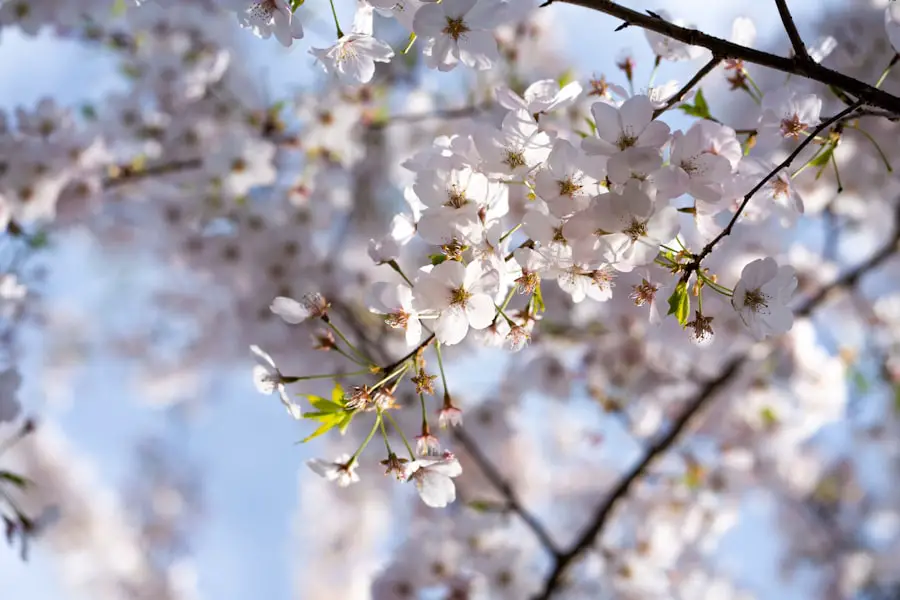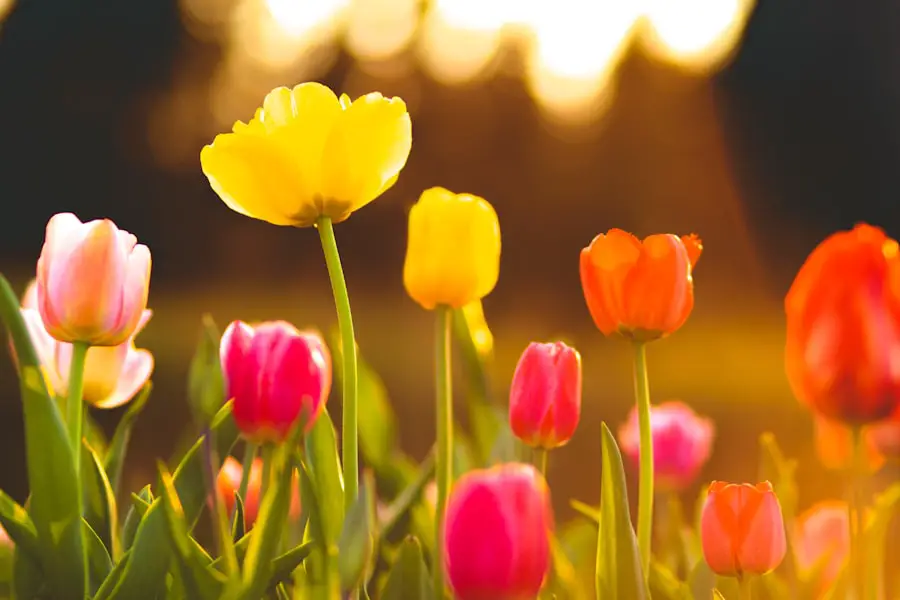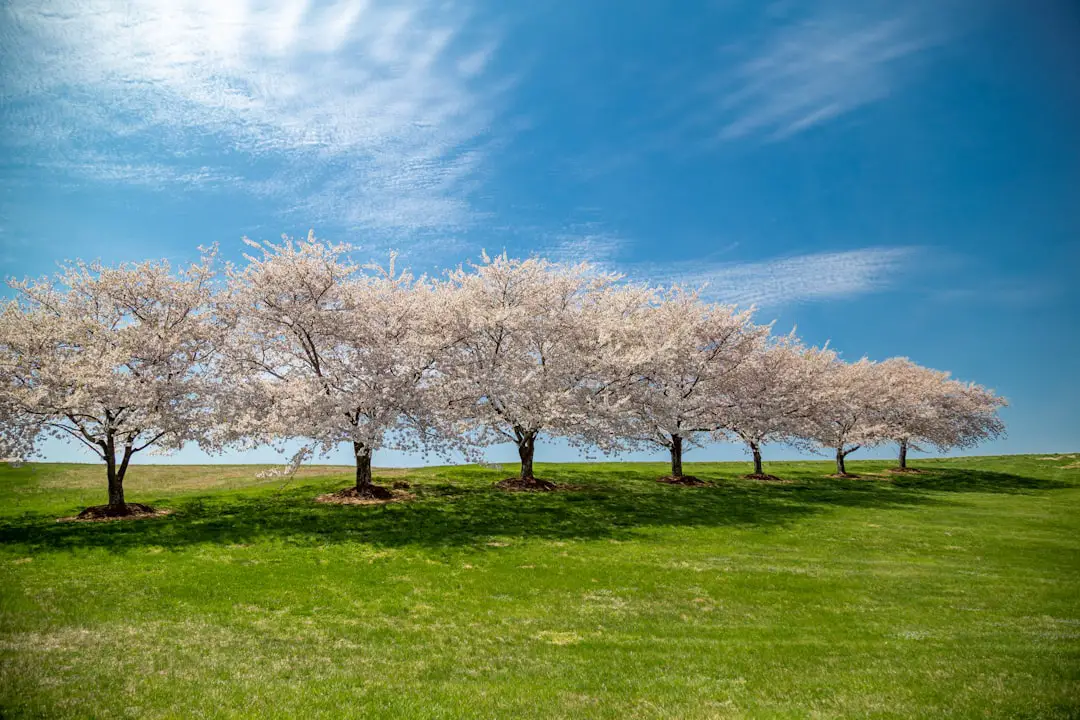Buenos Aires, the capital of Argentina, is a city that pulsates with life, culture, and history. Known for its rich European heritage, the city boasts a unique blend of architectural styles, from colonial buildings to modern skyscrapers. The streets are alive with the sounds of tango music, the aroma of delicious Argentine cuisine wafting from local parrillas, and the vibrant colors of street art that adorn many neighborhoods.
Buenos Aires is not just a destination; it is an experience that captivates the senses and invites exploration. The city is divided into numerous neighborhoods, each with its own distinct character. From the bohemian charm of San Telmo to the upscale elegance of Recoleta, Buenos Aires offers a diverse array of experiences for every traveler.
The city’s cultural scene is equally rich, with theaters, galleries, and museums showcasing both traditional and contemporary art. As one of the largest cities in South America, Buenos Aires serves as a hub for business, education, and tourism, making it a melting pot of cultures and ideas. Whether you are drawn to its historical significance or its modern vibrancy, Buenos Aires promises an unforgettable journey.
Key Takeaways
- Buenos Aires is a vibrant and diverse city with a rich cultural heritage and a wide range of attractions to explore.
- Spring is the best time to visit Buenos Aires to experience the city’s blooming gardens and lively festivals.
- Summer in Buenos Aires offers a chance to enjoy the city’s outdoor activities and vibrant nightlife.
- Fall in Buenos Aires is a great time to embrace the city’s cultural events and enjoy the mild weather.
- Winter in Buenos Aires is perfect for exploring the city’s indoor attractions and cozy cafes.
- Buenos Aires has a temperate climate with hot summers, mild winters, and moderate rainfall throughout the year.
- When traveling to Buenos Aires, it’s important to pack accordingly for each season and plan for any seasonal events or festivals.
- In conclusion, the best time to travel to Buenos Aires depends on personal preferences, with each season offering its own unique experiences and attractions.
Spring: The Best Time to Experience Buenos Aires’ Blooming Gardens and Festivals
Spring in Buenos Aires, which spans from September to November, is a magical time when the city comes alive with color and fragrance. The parks and gardens burst into bloom, showcasing a stunning array of flowers that transform the urban landscape into a vibrant tapestry. One of the most iconic spots to witness this seasonal beauty is the Bosques de Palermo, a sprawling park that features rose gardens, lakes, and walking paths.
The sight of cherry blossoms and jacarandas in full bloom creates a picturesque setting that attracts both locals and tourists alike. In addition to the natural beauty, spring is also a season filled with festivals that celebrate the city’s rich cultural heritage. The Buenos Aires International Festival of Independent Cinema (BAFICI) takes place in April, showcasing a diverse selection of films from around the world.
This event not only highlights emerging filmmakers but also fosters discussions about cinema’s role in society. Furthermore, the city hosts various street fairs and cultural events during this time, allowing visitors to immerse themselves in local traditions and enjoy live music, dance performances, and artisanal crafts.
Summer: Enjoying the Vibrant Energy of Buenos Aires’ Outdoor Activities and Nightlife

As summer arrives in Buenos Aires, typically from December to February, the city transforms into a lively hub of outdoor activities and nightlife. The warm weather invites both locals and visitors to take advantage of the numerous parks and plazas scattered throughout the city. The Costanera Sur Ecological Reserve offers a serene escape from the urban hustle, where one can stroll along nature trails while enjoying views of the Río de la Plata.
Additionally, the city’s many outdoor markets come alive during this season, providing an opportunity to sample local delicacies such as empanadas and choripán. The nightlife in Buenos Aires during summer is nothing short of electrifying. The city is renowned for its late-night culture, with bars and clubs often opening their doors well after midnight.
Neighborhoods like Palermo and San Telmo are particularly popular for their vibrant nightlife scenes, featuring everything from trendy rooftop bars to traditional tango shows. The annual Buenos Aires Jazz Festival in November also attracts music lovers from around the globe, showcasing both local talent and international artists in various venues across the city. This season is perfect for those who thrive on energy and excitement.
Fall: Embracing Buenos Aires’ Cultural Events and Mild Weather
| Month | Number of Cultural Events | Average Temperature (Celsius) |
|---|---|---|
| March | 150 | 22 |
| April | 200 | 20 |
| May | 180 | 18 |
Fall in Buenos Aires, occurring from March to May, is characterized by mild temperatures and a rich tapestry of cultural events. As summer fades away, the city experiences a pleasant climate that makes it ideal for exploring its many attractions without the sweltering heat. The changing leaves add a touch of warmth to the city’s parks and boulevards, creating a picturesque backdrop for leisurely strolls or picnics.
Culturally, fall is an exciting time in Buenos Aires as it hosts several significant events that reflect its artistic spirit. The Buenos Aires International Book Fair (Feria Internacional del Libro) takes place in April and is one of the largest literary events in the Spanish-speaking world. This fair attracts authors, publishers, and book lovers from all over Latin America and beyond.
Visitors can attend book signings, panel discussions, and workshops while exploring thousands of titles across various genres. Additionally, fall is also when many theaters premiere new productions, offering an opportunity to experience the city’s vibrant performing arts scene.
Winter: Exploring Buenos Aires’ Indoor Attractions and Cozy Cafes
Winter in Buenos Aires runs from June to August and brings cooler temperatures that encourage visitors to explore the city’s indoor attractions. While it may not be as cold as winters in other parts of the world, temperatures can drop to around 10°C (50°F), making it an ideal time to seek refuge in cozy cafes or museums. The city’s rich cultural offerings are particularly inviting during this season.
One cannot visit Buenos Aires without indulging in its café culture. Winter is the perfect time to enjoy a steaming cup of mate or café con leche while savoring traditional pastries like medialunas at iconic establishments such as Café Tortoni or El Ateneo Grand Splendid—a former theater turned bookstore that offers a unique ambiance for book lovers. Additionally, winter is an excellent time to explore museums such as the Museo Nacional de Bellas Artes or MALBA (Museo de Arte Latinoamericano de Buenos Aires), which house impressive collections of Argentine and Latin American art.
These indoor spaces provide warmth and inspiration during the cooler months.
Overall Weather and Climate in Buenos Aires

Buenos Aires experiences a humid subtropical climate characterized by four distinct seasons: summer, fall, winter, and spring. Summers are typically hot and humid, with average temperatures ranging from 25°C to 30°C (77°F to 86°F). Rainfall is common during this season, often occurring in short but intense bursts.
Conversely, winters are mild with average temperatures hovering around 10°C to 15°C (50°F to 59°F), making it comfortable for outdoor exploration but cool enough to require light jackets. Spring and fall serve as transitional seasons with moderate temperatures that are generally pleasant for outdoor activities. Spring sees temperatures ranging from 15°C to 25°C (59°F to 77°F), while fall temperatures are similar but gradually cool down as winter approaches.
Rainfall is relatively evenly distributed throughout the year; however, summer tends to see more precipitation than other seasons. Understanding this climate pattern can help travelers plan their visits accordingly.
Tips for Traveling to Buenos Aires During Each Season
When planning a trip to Buenos Aires, it’s essential to consider what each season has to offer while also preparing for varying weather conditions. In spring, travelers should pack light layers to accommodate fluctuating temperatures throughout the day. Comfortable walking shoes are also recommended for exploring parks and attending outdoor festivals.
During summer months, lightweight clothing is crucial due to high temperatures; however, it’s wise to bring a light jacket for cooler evenings. Staying hydrated is important as well since outdoor activities can lead to dehydration in the heat. For those interested in nightlife, be prepared for late nights—dinner often starts around 9 PM or later.
In fall, layering becomes key again as temperatures can vary significantly between day and night. This season is perfect for cultural enthusiasts; therefore, consider scheduling visits to theaters or literary events ahead of time to secure tickets. Winter travelers should focus on indoor activities; packing warm clothing will ensure comfort while exploring museums or enjoying cozy cafes.
Choosing the Best Time to Travel to Buenos Aires
Buenos Aires offers a unique experience throughout the year, with each season presenting its own charm and opportunities for exploration. Whether you are drawn by the blooming gardens of spring or the vibrant nightlife of summer, there is something special about visiting this dynamic city at any time of year. Understanding the seasonal variations in weather and cultural events can help travelers make informed decisions about when to visit based on their interests and preferences.
Ultimately, choosing the best time to travel to Buenos Aires depends on what you hope to experience during your visit. Each season has its own allure—be it cultural festivals in spring or cozy cafes in winter—ensuring that every traveler can find their own slice of paradise in this captivating city.
If you’re planning a trip to Buenos Aires, you may want to consider the best time to visit this vibrant city. According to a recent article on
